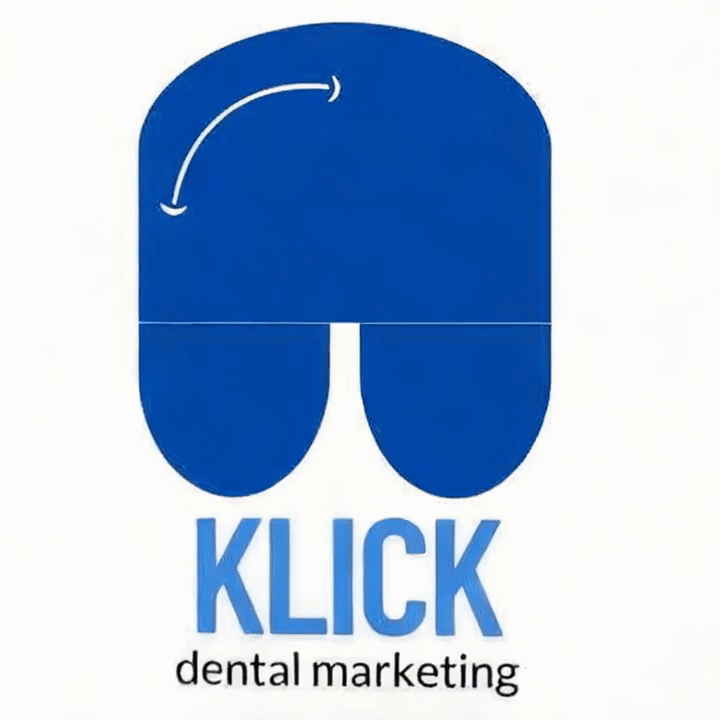Shall a Dental Practice be giving a price range to patients over the call or online?
The decision to give a price range to a patient is nuanced, and while it can be effective in certain situations, it also comes with its own set of considerations and risks. Read more to undrstand whether dental practices should be giving the price range to the patients enquiring about the price or not? We also list down the situations when it is most feasible.
Dev Jain
3/21/20254 min read


An excellent follow-up question to the topic "How should we answer the "Price" question at our practice is "Should we give a price range to the patient?". It is a topic that sparks a lot of discussion in the dental community! The decision to give a price range to a patient is nuanced, and while it can be effective in certain situations, it also comes with its own set of considerations and risks.
Generally, the Klick Dental Marketing approach emphasizes a value-first, consultation-driven method before quoting any specific figures. This is because a range, while seemingly helpful, can still lead to some of the same pitfalls as giving an exact price without context.
However, let's explore the pros and cons of giving a price range and when it might be considered.
If you are looking for tips on what the strategy should be for answering the price question from patients, click here to learn more. Or if you are wondering what could be a few examples of how dental practices can answer the price question, read it here.
Pros and Cons of giving a price range
Let's begin by understanding how giving a price range to the patients can be strategically effective for dental clinics and how it can cause further problems.
The Pros of Giving a Price Range
Alleviates Initial Anxiety: For some patients, hearing any number, even a broad one, can reduce immediate financial anxiety and prevent them from hanging up or clicking away. It offers a basic context.
Demonstrates Transparency (Apparent): It can make your practice seem more open and less evasive, which can build a superficial level of trust.
Keeps the Conversation Going: If a patient is insistent on a number, a range might be the bridge that prevents them from immediately ending the call and allows you to transition to the consultation.
Sets Broad Expectations: It can manage expectations for complex procedures, so they aren't completely shocked when they receive the actual quote after the consultation.
If you are looking for tips on what the strategy should be for answering the price question from patients, click here to learn more. Or if you are wondering what could be a few examples of how dental practices can answer the price question, read it here.
The Cons and Risks of Giving a Price Range:
Still Invites Comparison Shopping: Even a range is a number. Patients might still call other clinics, get a generic range, and only focus on the lowest number, regardless of what's included or the quality of care.
Focus Shifts to Price, Not Value: The conversation can quickly revert to "how much?" rather than "what solution is best for me?"
Expectation Management Challenge: Patients often fixate on the lowest number in the range. If their personalized treatment plan falls at the higher end (due to unforeseen complexity), they can feel misled or frustrated, even if you provided caveats.
Still Lacks Customization: A range still doesn't explain why the cost varies for their specific situation, which is what ultimately builds trust and commitment.
Devalues the Consultation: If they feel they've already gotten "the answer," they might see less value in coming in for a consultation.
When a Price Range MIGHT Be Considered (and How to Deliver It Effectively):
If you choose to provide a range, it should be done with extreme caution and specific communication strategies:
For Very Simple, Standardized Procedures:
Example: A new patient cleaning and exam for someone with generally healthy gums. For a very straightforward service with minimal variability, a narrow range might be given.
How to deliver: "For a standard new patient cleaning and exam, our fees typically range from $X to $Y, depending on whether X-rays are needed and the specific type of cleaning required. However, for a precise quote and to ensure we address all your individual needs, we always recommend a comprehensive new patient examination. We have an opening on [Date] at [Time]."
If you are looking for tips on what the strategy should be for answering the price question from patients, click here to learn more. Or if you are wondering what could be a few examples of how dental practices can answer the price question, read it here.
When the Patient is Highly Insistent and About to Disengage:
If you've already tried the value-first approach and the patient is clearly about to hang up without any numbers, a very broad range might be a last resort to keep the door open.
How to deliver: "I truly understand you're looking for a ballpark figure, and while it's challenging to give a precise number without seeing you, dental implants can generally range anywhere from $X,000 to $Y,000 per tooth, depending on the specific case, materials, and any preliminary work needed. Please understand, this is a very wide general estimate, and the only way to get a personalized, accurate cost for your specific needs is through a comprehensive consultation with Dr. [Name]. During this consultation, we can discuss all your options and provide you with a precise treatment plan and financial breakdown. Would you be open to scheduling that complimentary visit?"
Always with Strong Caveats:
"This is a general estimate only."
"The actual cost will depend entirely on your unique case."
"A comprehensive exam is necessary to determine the exact investment."
"This range includes [mention a core component, e.g., 'the implant placement and crown'], but may not include [mention potential variable, e.g., 'bone grafting' or 'extractions']."
Immediately pivot back to the consultation.
Klick Dental Marketing's Recommendation:
While providing a range can prevent an immediate hang-up, it often doesn't solve the core problem of guiding a patient toward understanding value over cost.
Our primary recommendation remains the Value-First, Consultation-Driven Approach. The goal is to get the patient into the clinic, where the dentist can:
Build rapport and trust in person.
Conduct a thorough examination to determine the exact diagnosis and treatment needs.
Educate the patient on their specific condition and the customized solutions.
Present treatment options with visual aids and clearly explain the benefits.
Discuss precise costs and financing options in a comprehensive and transparent manner.
This holistic approach is far more effective at attracting and retaining high-quality, committed patients who understand and appreciate the value of the care they receive, rather than just shopping for the cheapest price. A range can be a very limited tool in specific, high-risk situations, but it should never replace the strategic communication and personalized consultation that define a premium patient experience.
If you are looking for tips on what the strategy should be for answering the price question from patients, click here to learn more. Or if you are wondering what could be a few examples of how dental practices can answer the price question, read it here.
